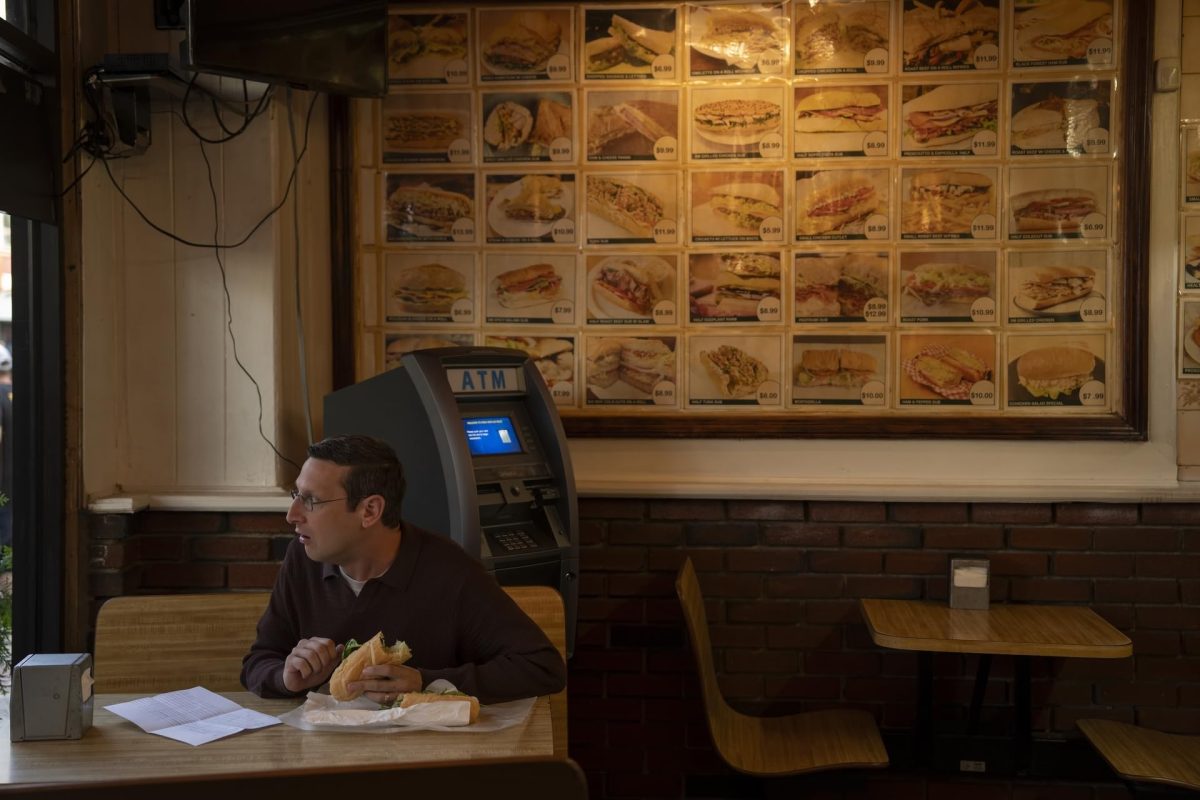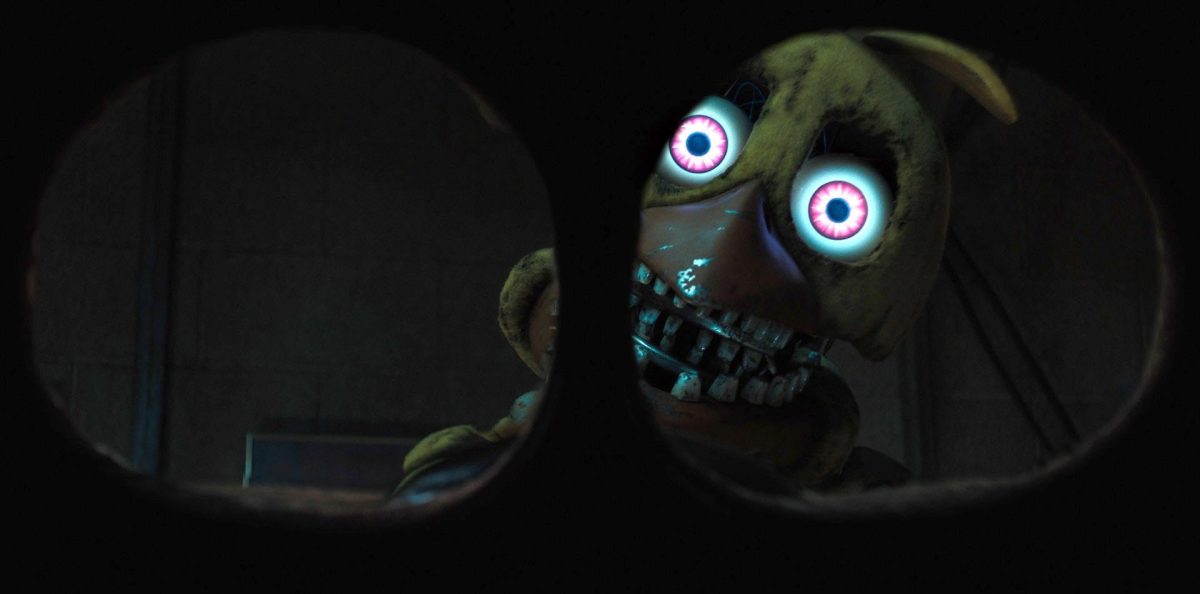“Mean Girls,” a new take on an old classic, hit the big screen on Jan. 12. The new film was a movie adaptation of the 2018 Broadway musical “Mean Girls,” which was adapted from the 2004 original movie of the same title.
The opening musical number sets the stage for the story by introducing the narrators, Janis (Auli’i Cravalho) and Damian (Jaquel Spivey), who sing “Cautionary Tale” in their garage. They then open their garage door — in a very musical-theater transition — to Kenya, where the audience is introduced to Cady Heron (Angourie Rice) as she sings “What Ifs.”
The adaptation expertly conveyed its musical origins through scene changes such as this one. Instead of normal cuts used in movies, “Mean Girls” employed scene changes that felt pulled from the theater world.
While there were many changes through the film and musical adaptations, the basic plot emerged untouched. Homeschooled Cady feels lost when thrown into a typical American high school after growing up in Kenya.
Due to her naivety and a little urging from her new friends, Cady falls in with the “Plastics,” who are led by Regina George (Reneé Rapp).
Get The Daily Illini in your inbox!
Cady hatches a plan to take Regina down to win over her crush. She executes her plan a little too well and replaces Regina as the head mean girl of Northshore High as chaos ensues.
Each actor fit their character perfectly, which helped the adaptation stay true to the original.
Rapp, who portrayed Regina on Broadway at 19 years old, stood out among the actors by creating a complexity in the character that was otherwise lacking in the original film.
Rapp’s line delivery shows the audience how cunning and calculating Regina’s character is, emphasizing that she is not as dumb as most people believe.
Along with adding to character development, 2024’s “Mean Girls” saw the opportunity to combine the depth of the musical elements from Broadway with the cinematic possibilities of being a film.
The lighting and shots were incredible and elevated the story. Musical numbers such as “Someone Gets Hurt” were made especially breathtaking due to dramatic lighting, which continued the motif of being a musical while emphasizing each character and the tone of the musical numbers.
While the lighting and cinematography added an element unable to be used in the Broadway musical, the movie could have taken its depth to the next level if the music had remained similar to its original rendition.
The movie cut several songs, including “It Roars,” “Fearless,” “Stop,” “Whose House is This?,” “More Is Better,” “Do This Thing” and, most notably, “Where Do You Belong?.”
In addition to the songs that were cut, various lyrics were changed and parts were removed from the remaining songs.
“Meet the Plastics” was originally a song with verses from all three Plastics: Regina, Gretchen and Karen. The song introduced each of their characters and hinted at their complexities, which were addressed later in the plot.
However, the movie adaptation cut both Gretchen and Karen’s verses, which led to their characters lacking the layers the Broadway musical emphasized.
The biggest letdown with the music was the alteration of the background instrumentals. Each song was changed to have a more synthy pop background, whereas the Broadway soundtrack featured a strong electric bass and driving drum beats.
These changes made each song feel flat, which was a shame considering the cast’s stunning vocals.
Vocal changes were incredibly apparent in Rapp’s feature “World Burn.” The Broadway version of the song builds through each verse and peaks with a strong bridge that encapsulates Regina’s rage.
However, the movie version’s background instrumentals sound toned down, which highlights Rapp’s powerful vocals but unfortunately misses the mark on taking the musical to the next level.
Additionally, “Stupid with Love,” which depicts Cady lusting over crush Aaron Samuels (Christopher Briney) was altered to the point of changing the song’s mood. The Broadway version had a lot more pep and emotion, whereas the movie version was significantly slowed down, lacking the energy that conveyed Cady’s intense feelings.
The dramatic cinematography and lighting of “Mean Girls” did its best to make up for what the soundtrack lacked. However, the film disappointingly missed an opportunity to add depth to an iconic franchise.










